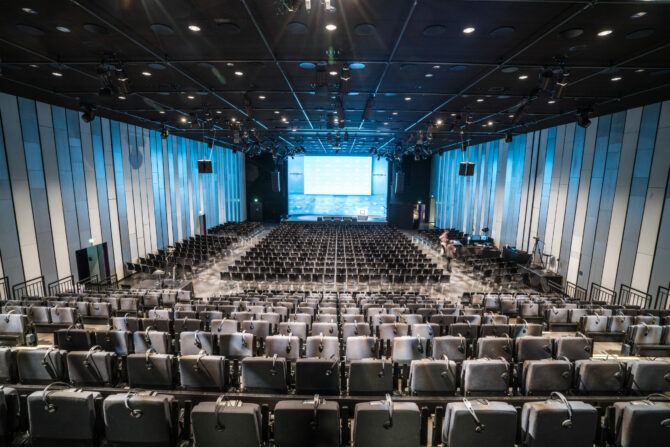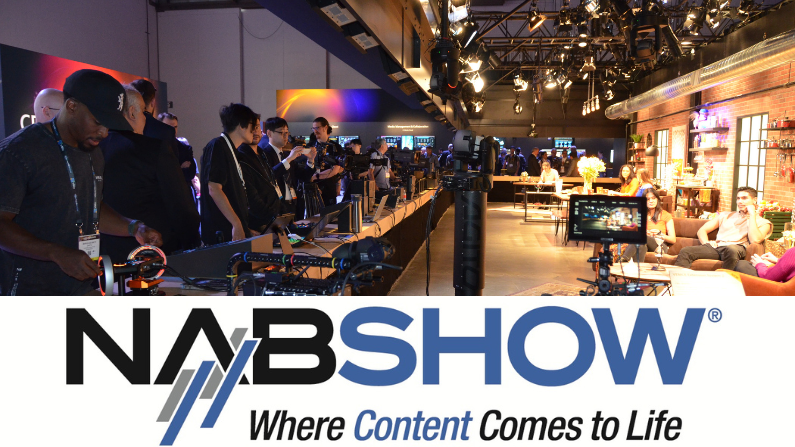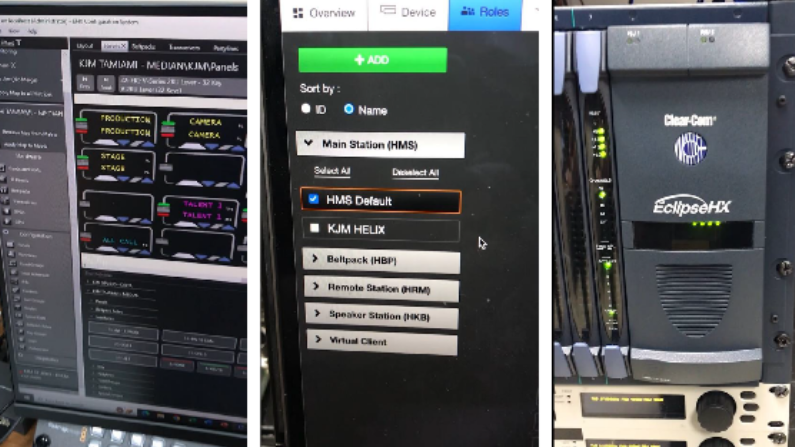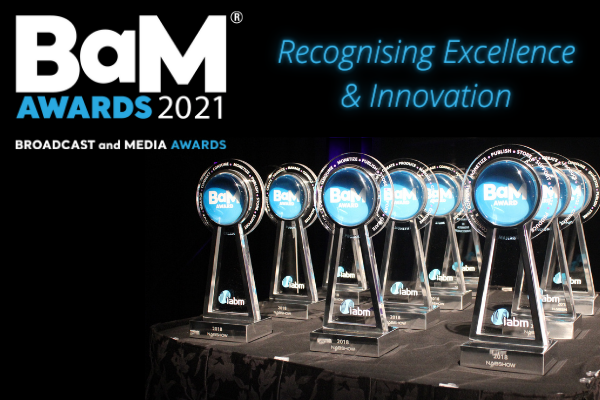Award-Winning Icelandic PAC Harpa Levels Up Communications With Clear-Com


Harpa bridges the gap between intercom and house audio
with innovative Clear-Com and Q-Sys integration.
ALAMEDA, USA – June 21, 2023 – Located in the heart of Reykjavík, Harpa is a multi-venue, multi-purpose facility, home to the Iceland Symphony Orchestra, Icelandic Opera, and Reykjavík Big Band. It has won numerous awards for architecture and its role as a concert hall and conference center since it opened in 2011. The venue is as much a work of art as a technological landmark, featuring communications powered by Clear-Com® and state-of-the-art acoustic technology utilized in performances ranging from world-famous bands and soloists to dance groups and theater companies.
Harpa features four primary performance venues ranging in capacity from approximately 200-1,800 people (a symphonic concert hall, recital hall, dividable black box conference hall, and a small theatre) and numerous smaller multi-use spaces. The sprawling complex was initially equipped with a Clear-Com Encore® Analog Partyline (PL) system and Eclipse® HX Matrix system, which has since been augmented with V-Series Iris™Keypanels, FreeSpeak II® Wireless intercom, E-IPA IP capabilities, and the Agent-IC® Mobile App. The recent integration between Clear-Com’s intercom and QSC’s Q-Sys amplifier platform, however, has provided a substantially higher level of functionality and integration between the venue’s paging, intercom, and house audio systems.
During the COVID-19 pandemic, Harpa began shifting its infrastructure to Dante interfaces to address the increasing demand for virtual and streamed events, for which their Clear-Com intercom system and ability to integrate it closely with platforms like Zoom were critical. But their ultimate goal was to tighten integration between paging and intercom systems to allow immediate and easy access, selection, and playback of pre-recorded announcements, music, and other assets (including safety/security messages) in each of, or any combination of, Harpa’s approximately 33-36 paging zones.
When Harpa staff began considering this project, they were initially uncertain of the best way forward, explains Andri Guðmundsson, Harpa’s Technical Director – Events and Technical Management. So, they began by working with Clear-Com and discussing ways to create an advanced programming system to interface between Clear-Com and Q-Sys and include Dante connectivity. For example, Andri wanted the stage manager to be able to run paging messages and announcements straight from the intercom panels.
The upgrade project also addressed some issues dating back to the venue’s in-house paging systems owing to an early decision to merge Harpa’s evacuation and announcement systems, as well as intermittent problems with the pre-existing AMX management in some rooms and the previous analog messaging system. “That’s why we needed a solution,” Andri adds.
The effort involved replacing Harpa’s paging system and reusing some existing infrastructure, including their original Clear-Com Eclipse and Encore systems. They upgraded to FreeSpeak II and added E-IPA cards for remote connectivity to broadcasters, additional Agent-IC licenses for future use by ushers and other front-of-house staff, and E-DANTE cards to interface between the Clear-Com matrix and Harpa’s new QSC Q-Sys distribution system.
The result is “a huge degree of flexibility and programmability,” Andri says. “It’s the flexibility to route almost anything, anywhere, without having to make any physical interconnections. So, even though the integration is rather complicated, the end user gets a simple interface.”
Harpa is still working on the full implementation of Agent-IC for their ushers’ use, but that’s something the young people in that role are looking forward to. “They don’t want to use bulky radios,” Andri laughs, “they want an app.” Moreover, the ability to use smartphones and Wi-Fi eliminates the need for additional infrastructure and components.
Refreshing technology after a decade-plus of operation is standard for PACs. Still, this project is unique in its magnitude and offers almost unparalleled connectivity for users of Harpa’s audio infrastructure.
What sets the project apart is the development and implementation of a custom-made plug-in by Clear-Com’s local distributor and integrator on the project, Atendi ehf. The plug-in allows Eclipse to route audio in Q-Sys, trigger pre-recorded messages and provide feedback for paging status via an Iris panel or FreeSpeak beltpack.
The depth of the integration is powerful, offering up granular control of individual or combinations of paging zones (including shared backstage areas), streamlining and providing new workflow options, and increasing communication between those working the show and, if required, the audience themselves. In effect, it provides far more than a usual paging system in terms of overall and individual control throughout the facility.
Ultimately, this level of integration and connectivity, particularly between Clear-Com and Q-Sys, has benefits in a wide range of applications. Consequently, the innovative plug-in source created by Atendi ehf will be made available to provide a “starting point” for others utilizing Eclipse/Q-Sys HCI interfacing, something that’s right in line with Clear-Com’s dedication to innovation and the provision of ever more powerful, customizable solutions.
That versatility and scalability is crucial, given the pace of technological advancement and innovation, growing audience expectations, and the evolving needs of artists and incoming events. In fact, one of Harpa’s missions is to ensure they can cater to any production’s requirements, however complex they may be. And thanks to Clear-Com’s reputation for longevity, Harpa’s system has plenty of good years ahead of it, allowing for the fluid, hassle-free addition of new capabilities and functionality to meet potentially changing needs and vision well into the future.
That’s something Harpa is taking full advantage of and will expand on. “I love that about Clear-Com,” Andri says. “We still use the same matrix frame. We’ve added new cards and some licenses, but we still rely on an investment made ten years ago, and it’s lasted all this time.”






Responses